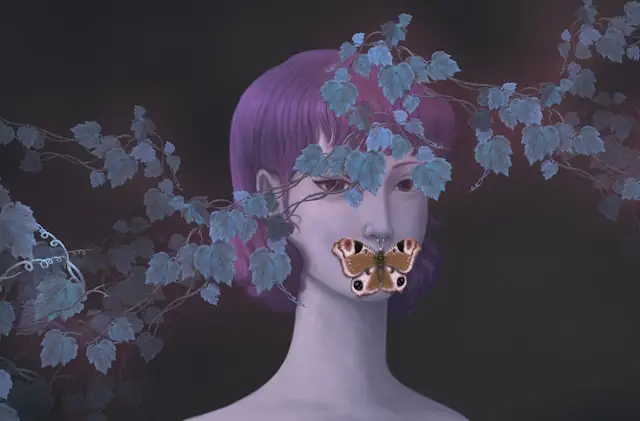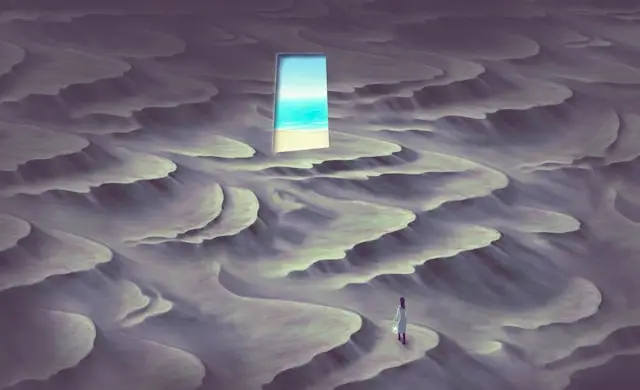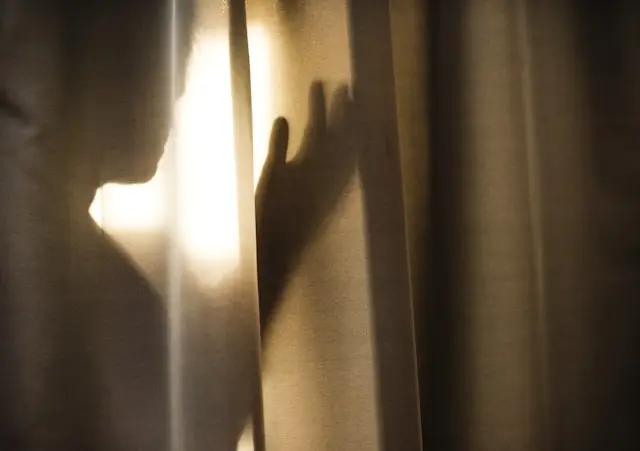Archetypes and the Soul: Jung’s Map of Spiritual Transformation
Why Archetypes Matter in the Spiritual Journey
Every culture tells stories of heroes, wise elders, tricksters, and great mothers. These figures are more than characters; they are timeless patterns living in the human psyche. Carl Jung called them archetypes—universal images and motifs that guide us through the great journey of life.
For Jung, the spiritual path was not about escape but about integration—bringing the unconscious into dialogue with consciousness. Archetypes provide a kind of inner compass, a map of spiritual transformation. By recognising them in our dreams, myths, and life experiences, we begin to see that our struggles and longings are part of a larger pattern of growth.
Jung’s Vision: Archetypes and the Collective Unconscious
Jung introduced the idea of the collective unconscious—a deep layer of the psyche shared by all humanity. Unlike personal memories, this layer carries ancient wisdom in symbolic form. Archetypes arise from this shared source.
- The Hero represents our drive to overcome trials and discover our inner strength.
- The Shadow holds the rejected parts of ourselves, often feared but rich in hidden energy.
- The Wise Old Man/Woman offers guidance, symbolising inner wisdom or divine presence.
- The Self is the archetype of wholeness, uniting all aspects of our being.
These archetypes surface in dreams, spiritual visions, myths, and even everyday encounters. By paying attention, we begin to understand that the soul speaks in symbols.
Archetypes as a Map of Transformation
Jung saw the spiritual life as a process he called individuation—the journey toward becoming our true self. Archetypes mark the stages of this transformation:
1. Meeting the Shadow
The first step is confrontation with the Shadow. These are the disowned parts of ourselves—our anger, fear, jealousy, or hidden gifts. Spiritual traditions often describe this as the dark night of the soul.
Example: In myth, the hero must enter the underworld or face the monster within.
Practice: Shadow work, journalling, and therapy help bring awareness to these hidden aspects.
2. Encountering the Anima/Animus
The Anima (feminine archetype in men) and Animus (masculine archetype in women) symbolise the integration of opposite qualities. This is about balance—learning to hold intuition with reason, receptivity with action.
Example: Ancient spiritual texts often describe inner marriage or union of opposites.
Practice: Creative work, dream interpretation, and meditation foster this inner dialogue.
3. Guidance of the Wise Elder
The Wise Old Man/Woman archetype often emerges as an inner teacher or external guide. This figure represents the higher wisdom within the psyche.
Example: In many myths, the hero is given a mentor or sage who offers tools for the journey.
Practice: Listening to inner guidance through stillness, prayer, or sacred texts.
4. Union with the Self
The culmination of the journey is union with the Self—the archetype of wholeness. This is not the ego’s triumph but its surrender to a deeper centre of being.
Example: Mystics across traditions speak of union with God, enlightenment, or awakening.
Practice: Contemplation, mindfulness, and surrender to life’s unfolding.
Archetypes Across Wisdom Traditions
Jung’s framework resonates with spiritual teachings worldwide:
- Christian mysticism: The journey from sin (shadow) to union with God (the Self).
- Buddhism: Facing Mara (shadow), guided by the Bodhisattva (wise elder), leading to enlightenment (Self).
- Mythology: Heroes like Odysseus, Arjuna, and King Arthur mirror archetypal stages of the soul.
This universality affirms Jung’s insight that archetypes belong to all humanity, offering a shared spiritual language.
The Science of Archetypes: Symbol, Psyche, and Healing
While archetypes may sound mystical, modern psychology and neuroscience lend credibility to Jung’s vision:
- Research on symbolic processing shows that the brain encodes meaning not just in words but in images and metaphors.
- Depth psychology demonstrates that working with symbols can aid trauma healing and foster resilience.
- Studies on narrative therapy show that reframing life experiences through mythic patterns empowers individuals to find meaning and hope.
These findings echo Jung’s belief that archetypes are not abstractions but living forces shaping mental health and spiritual growth.
Practical Ways to Work with Archetypes
You don’t need to be a psychologist to engage with archetypes. Here are simple practices:
- Dream journalling: Write down recurring symbols or characters—notice patterns.
- Story reflection: Which myths, films, or novels move you deeply? They often mirror your archetypal journey.
- Meditation: Sit quietly and invite an archetype (Shadow, Wise Elder, Self) to speak through images or impressions.
- Creative expression: Paint, write, or move in ways that embody an archetypal energy.
By engaging consciously, you transform unconscious patterns into allies for growth.
FAQ: Archetypes and Spiritual Transformation
What is the difference between archetypes and personality types?
Archetypes are universal patterns of the psyche, while personality types describe individual traits. Archetypes belong to everyone.
Can archetypes change over time?
Yes. Different archetypes emerge at different life stages, reflecting where you are in your spiritual journey.
Are archetypes religious?
Not necessarily. They appear in all spiritual traditions but also in secular stories, art, and personal experience.
Conclusion: Living the Archetypal Journey
Jung’s insight into archetypes offers a profound invitation: our struggles are not random, but part of a greater map of transformation. By recognising the Shadow, balancing inner opposites, listening to wisdom, and surrendering to the Self, we align with the deeper rhythm of the soul.
Spiritual growth, then, is not about striving to become someone else—it is about becoming more fully who we already are.
Additional Resources
Why not treat yourself to a Meditation Retreat in the beautiful Devon Countryside?
This post may also interest you: The Inner Alchemy of Breath
Best Wishes,
David.
© D. R. Durham, All rights reserved, 2025.




